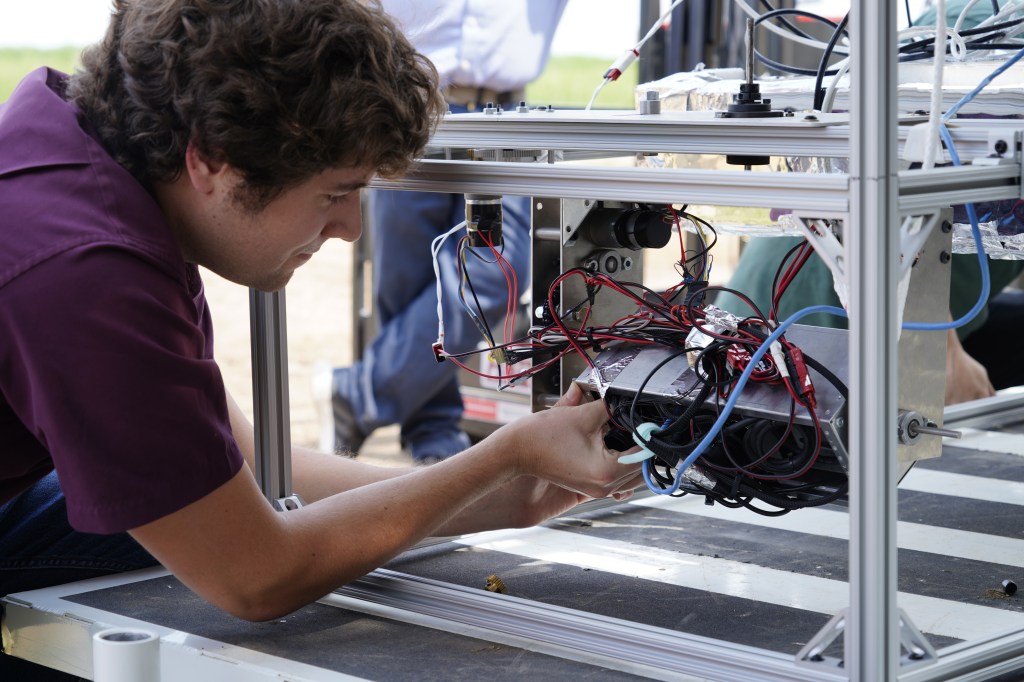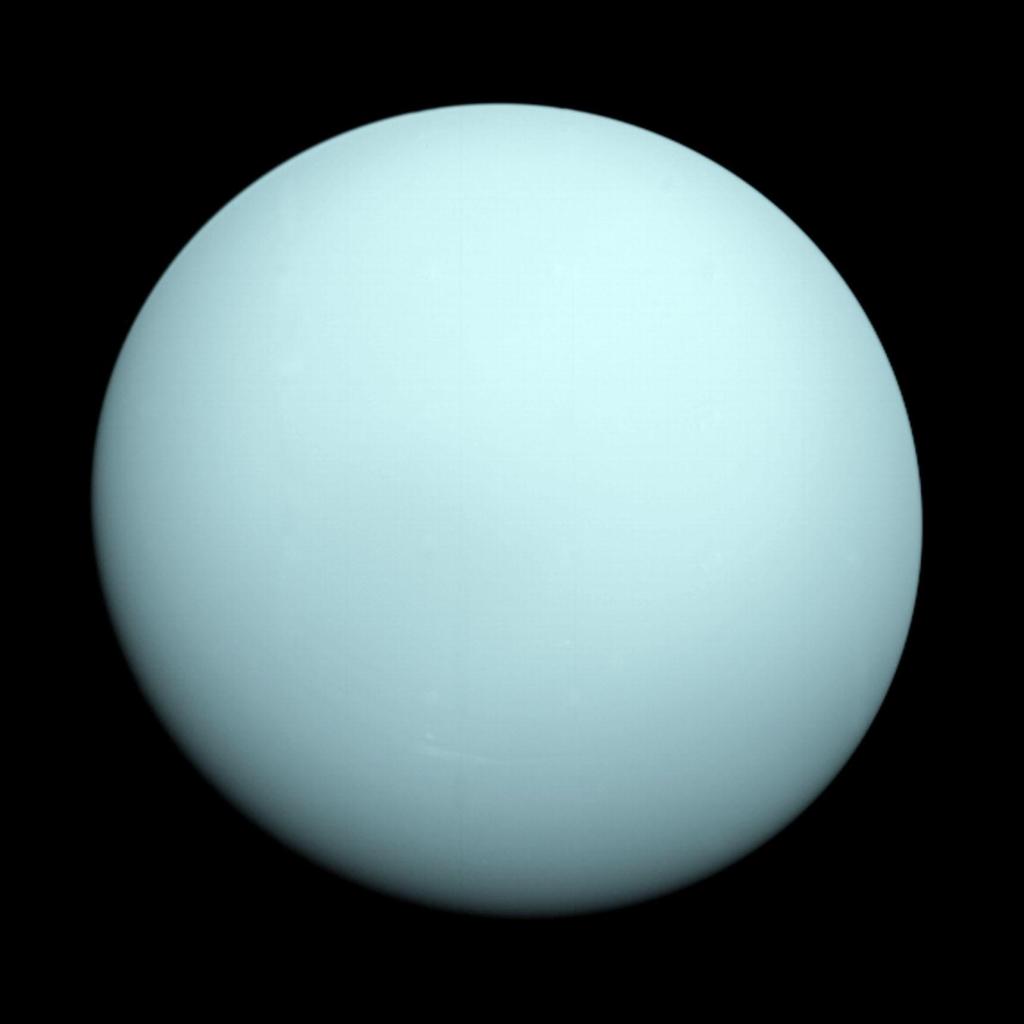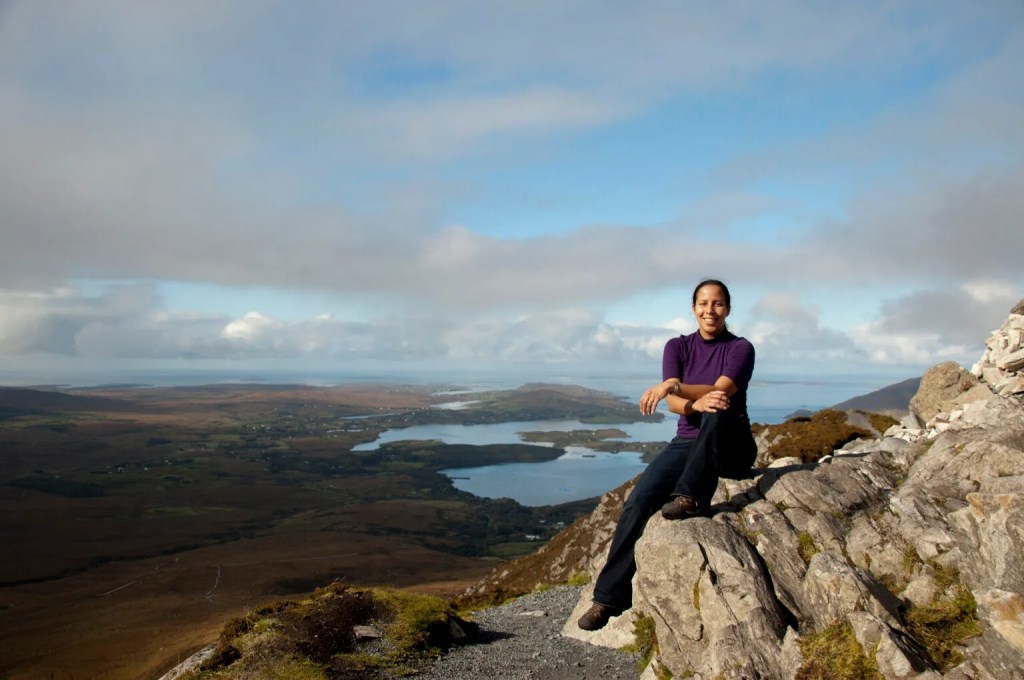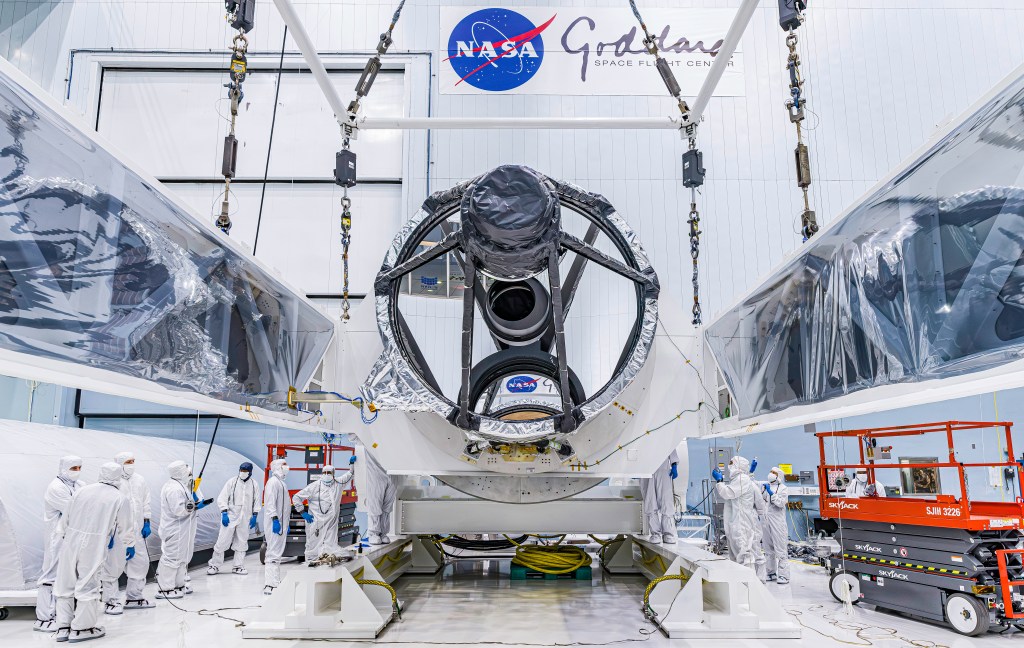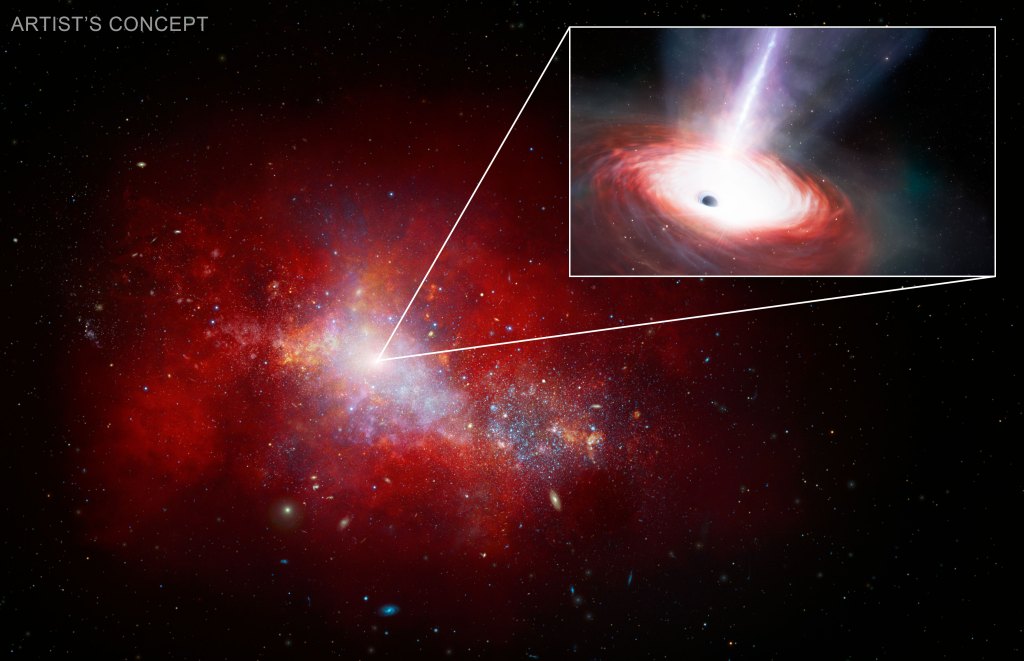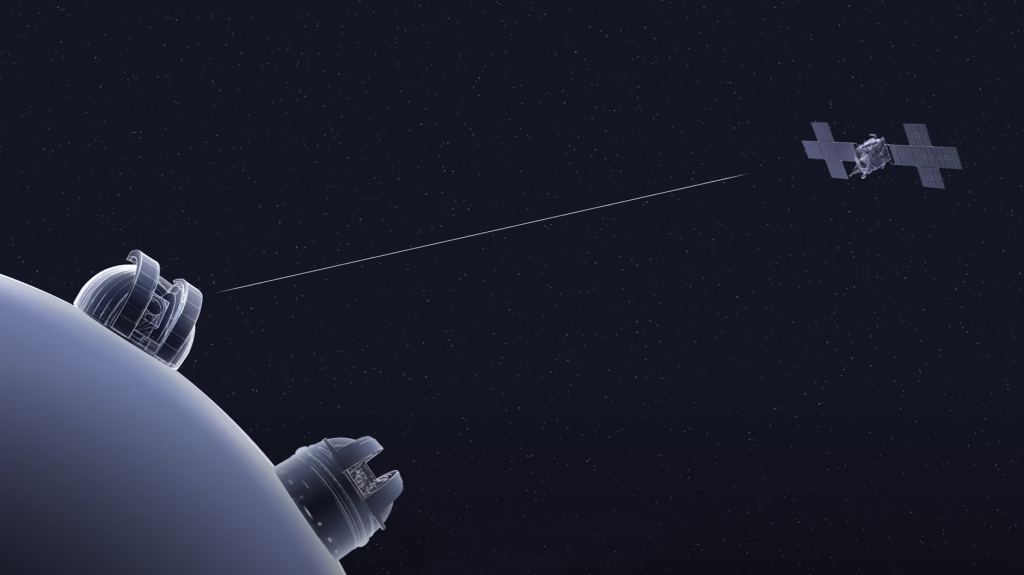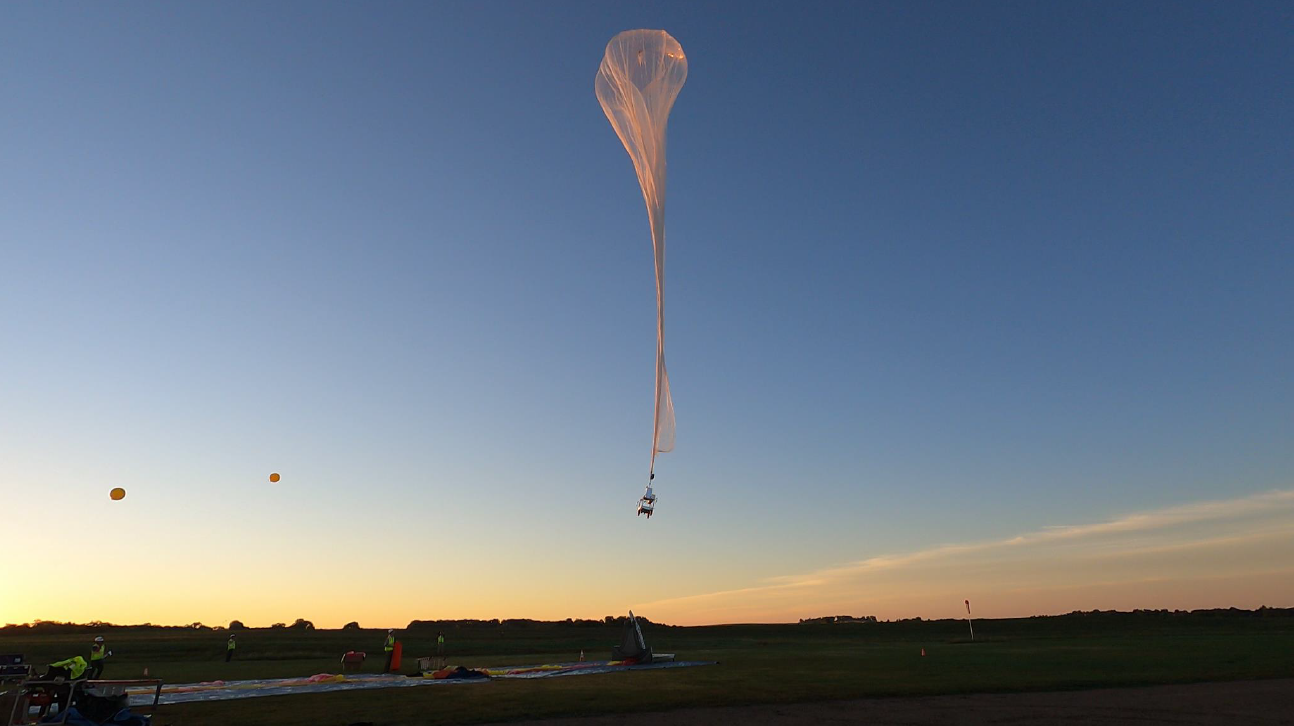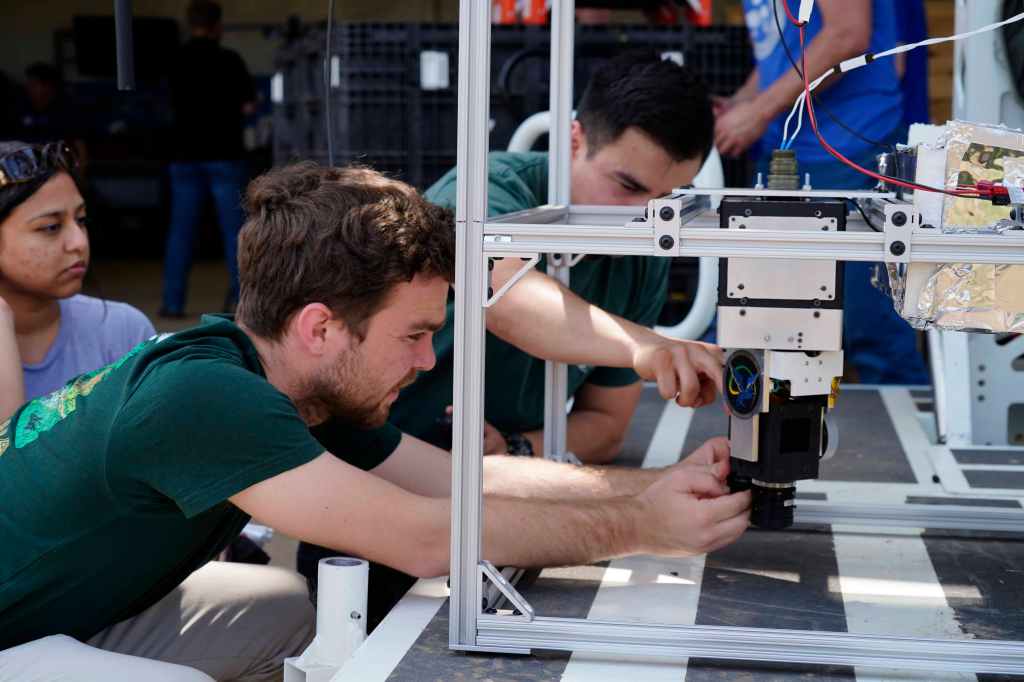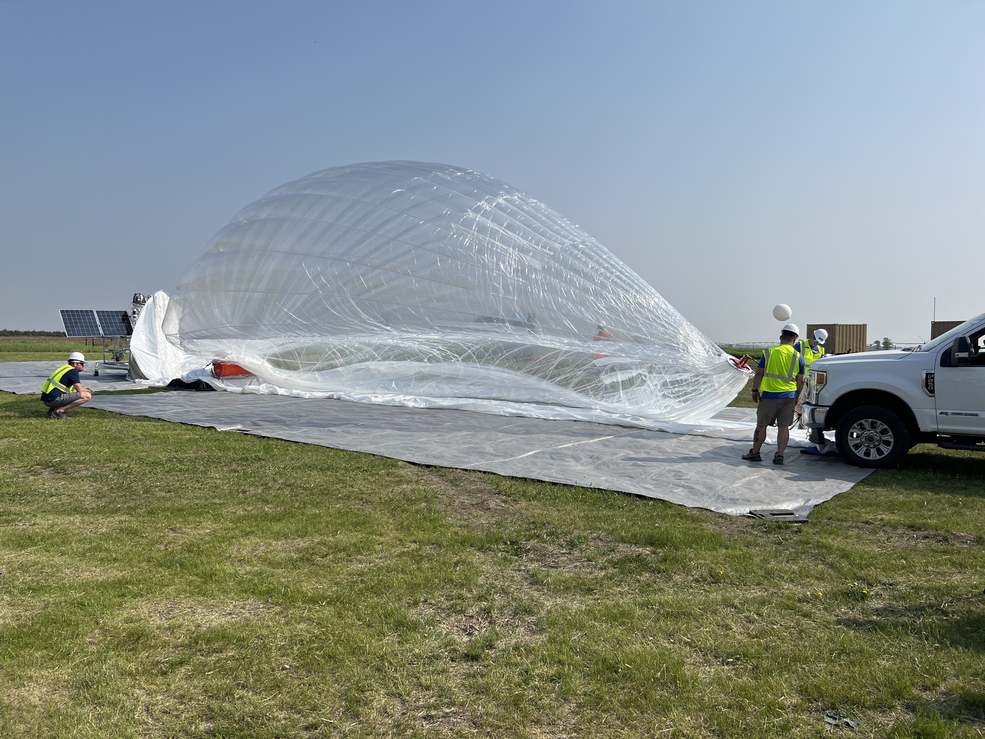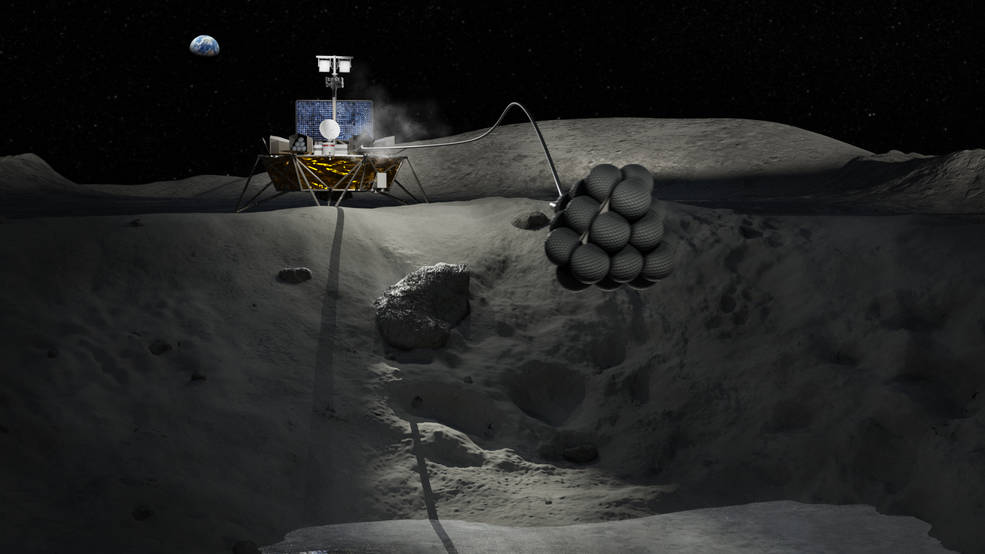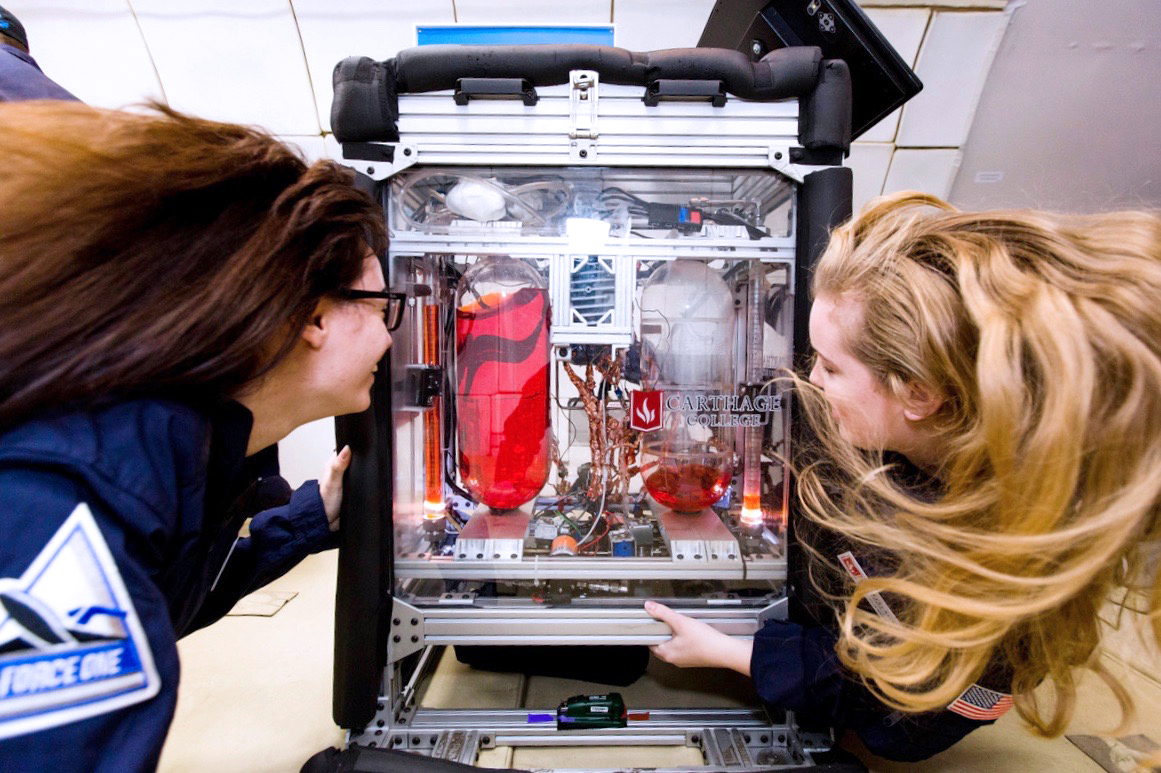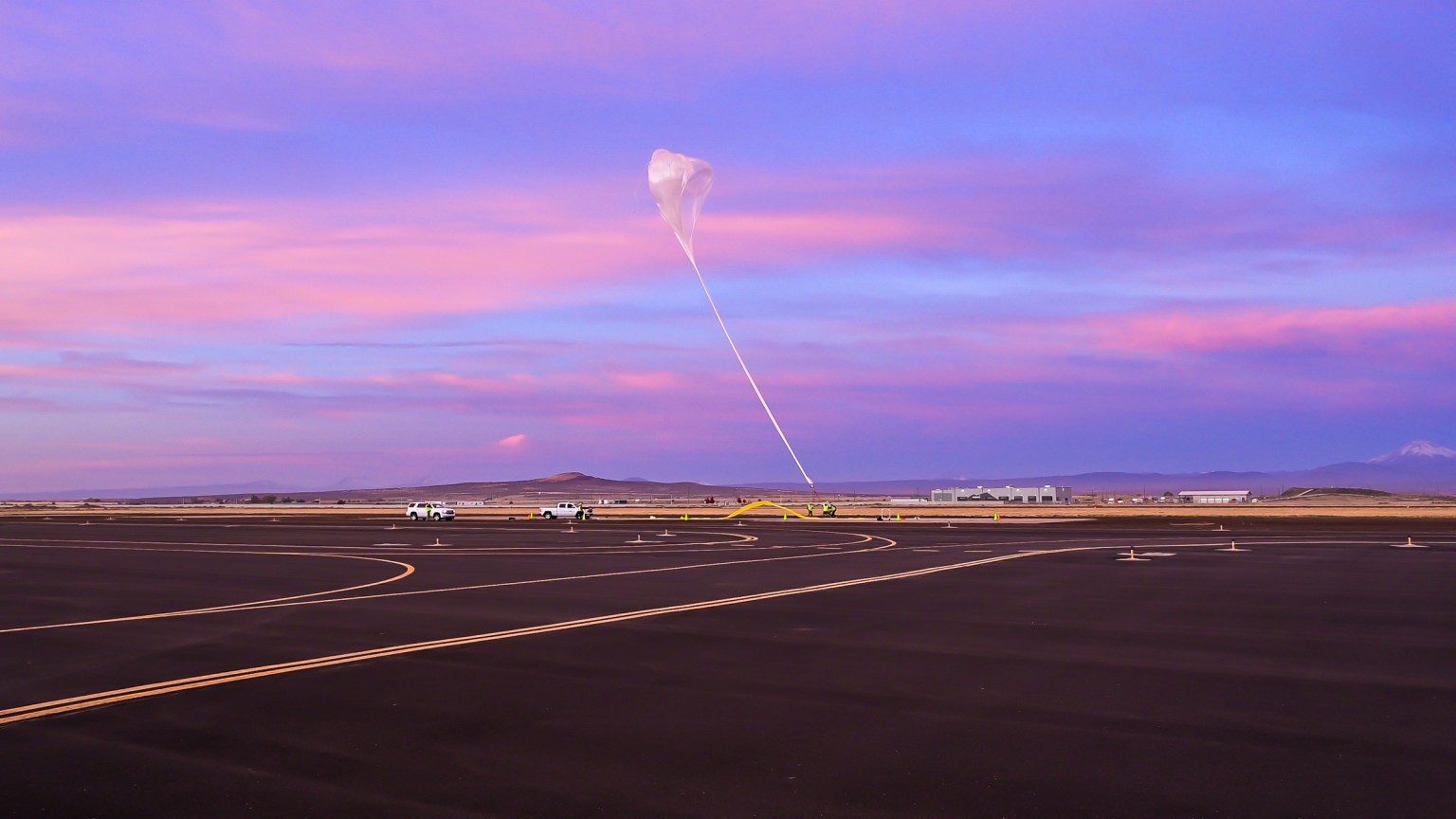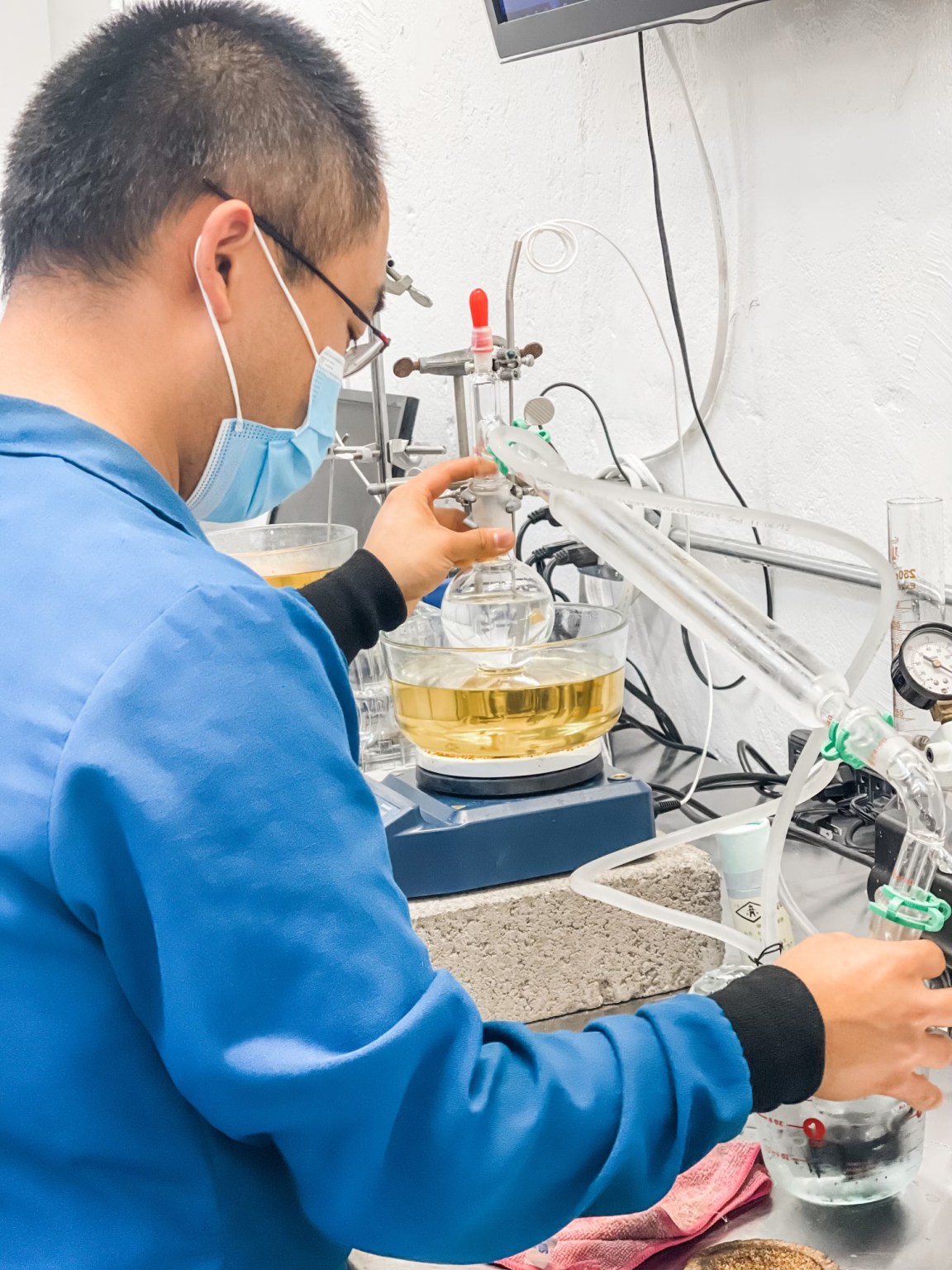The NASA TechLeap Prize’s Autonomous Observation Challenge No. 1 focused on developing SmallSat observation technologies that can autonomously detect, locate, track, and collect data on transient events on Earth and beyond — such as dust plumes on the Moon or other planets or terrestrial phenomena on our home planet. The winning teams used balloon flights in 2022 to gather valuable test data and gain experience with the full process of building a technology payload and bringing it from lab to flight test.
A second high-altitude balloon flight on May 24, 2023 enabled all three research teams to fly, fix issues, and fly again less than a year after their first individual flight tests.
Flight Provider
Aerostar International
Flight Test Platform
High-altitude balloon
Flight dates
July 9, July 28, and August 3, 2022
May 24, 2023
Location
Sioux Falls and Hurley, South Dakota
About the Challenge | Winners’ Payloads | Watch a High-Altitude Balloon Launch |
News | Other Challenges
Advancing Observation Capabilities
NASA seeks to improve a variety of Earth and space-based capabilities, including detecting and tracking wildfires, identifying plumes of gas venting into Earth’s atmosphere, and precision tracking of small spacecraft positions in orbit. To support future missions, NASA must advance observation capabilities using adaptive, distributed, heterogeneous networks of spacecraft, suborbital, and ground-based sensors working cooperatively. The solutions proposed through this challenge will help rapidly advance small spacecraft technologies for autonomous observation of events on Earth and beyond, as well as improve communications and computing power in small spacecraft applications.
The winners of this challenge focused on integrated, compact precision pointing systems for small spacecraft that can be used to autonomously detect, locate, track, and collect data on transient terrestrial events such as aerosol dispersion in the atmosphere or maintain line of sight communication with an object on the lunar surface.
More information is available on the NASA TechLeap website for this challenge. Carrot is the challenge administrator for TechLeap.
The Winners’ Payloads
Bronco Ember | Quantum Earth Observatory | Satellite for Natural and Artificial Plumes
Bronco Ember
The Bronco Space Lab at Cal Poly Pomona launched a wildfire detection system called Bronco Ember. The system combines a short-wave infrared camera with artificial intelligence to provide potentially faster, more accurate aerial detection of nascent wildfires, which often go undetected by current geolocation methods.
Learn more about Bronco Ember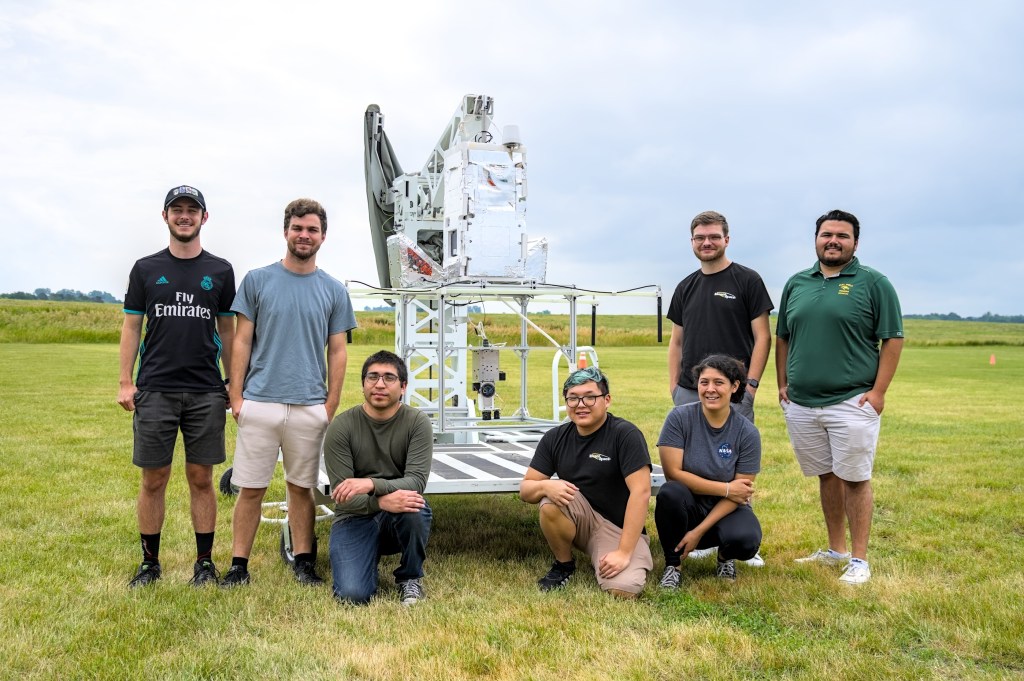
Quantum Earth Observatory
Orion Labs developed a technology called Quantum Earth Observatory (QEOBS), which consists of a four-unit CubeSat designed to demonstrate how onboard data processing and quantum machine learning can result in reduced downlink requirements. It is designed to reduce the bandwidth needed for small satellites to send data about terrestrial events back to Earth. It also detects atmospheric gravity waves due to disturbances in the atmosphere, such as storms, or from terrain like hills and mountains that affect air flow.
Learn more about QEOBS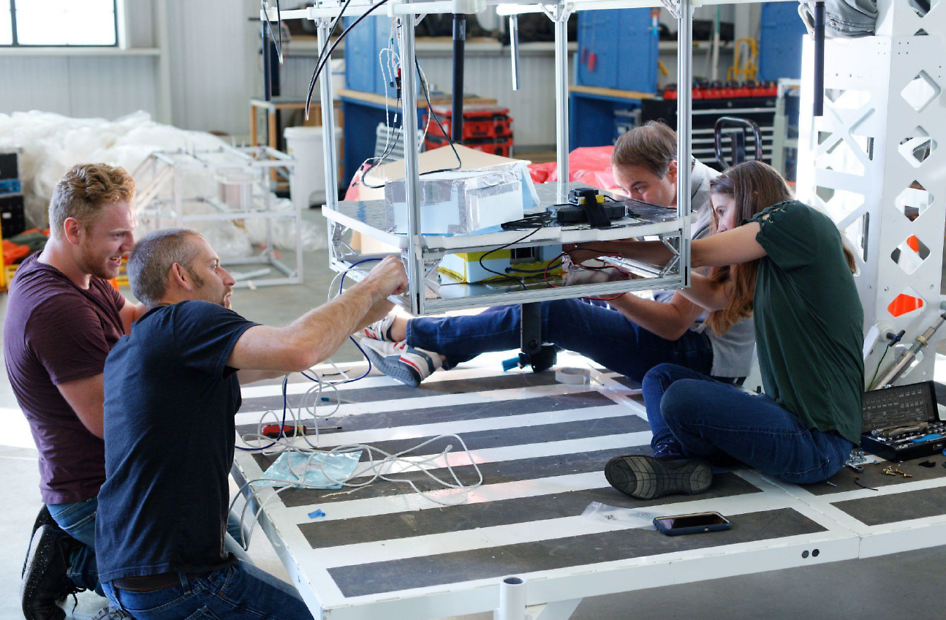
Satellite for Natural and Artificial Plumes
The SEAK (Systems Engineering, Architecture, and Knowledge) Lab’s Satellite for Natural and Artificial Plumes (SNAP) technology uses visible and infrared imaging to automatically identify and classify aerosol plumes, such as fire and volcanic activity for improved monitoring of aerosol plumes on a much finer spatial scale than was previously possible.
Learn more about SNAP